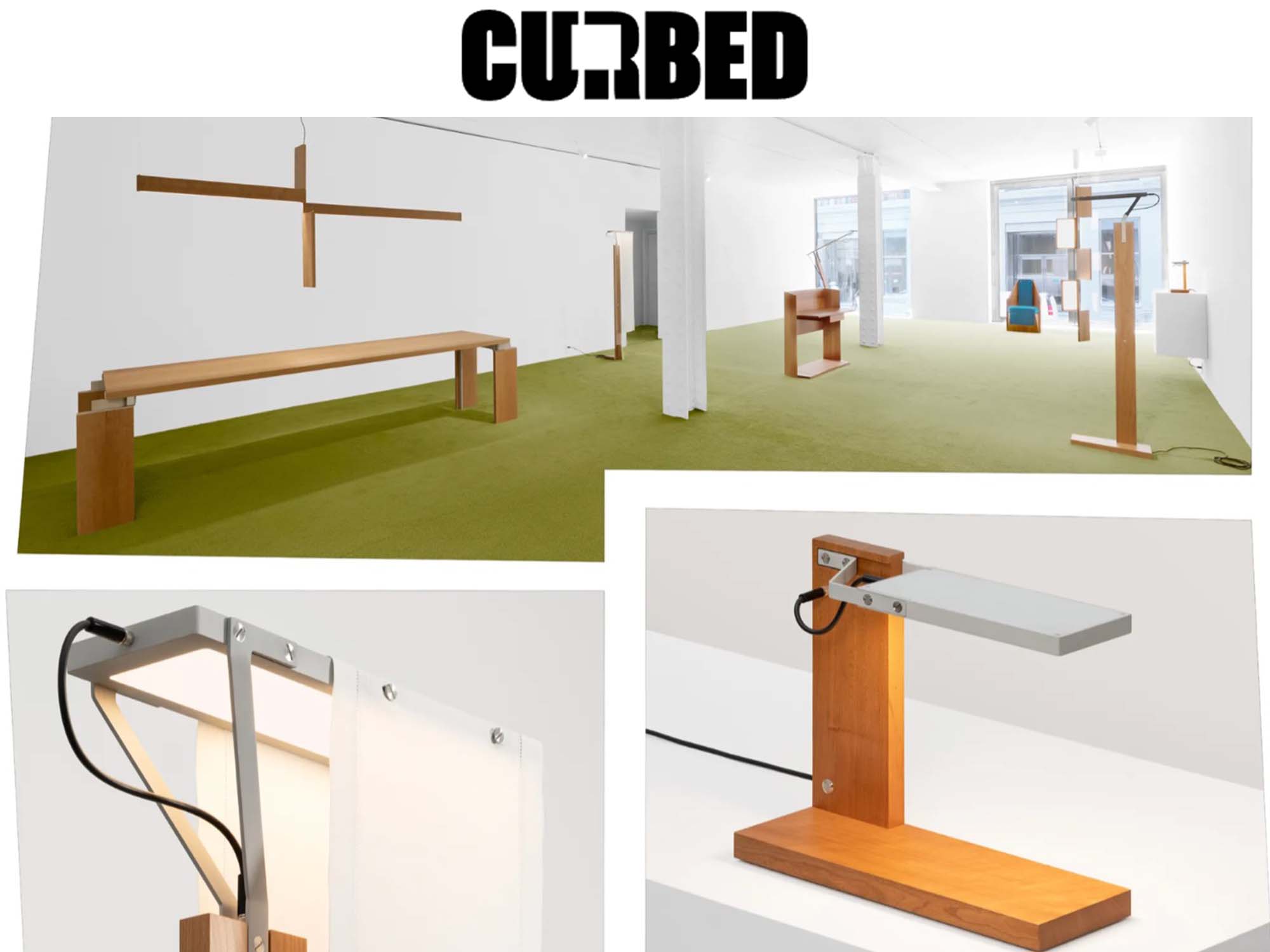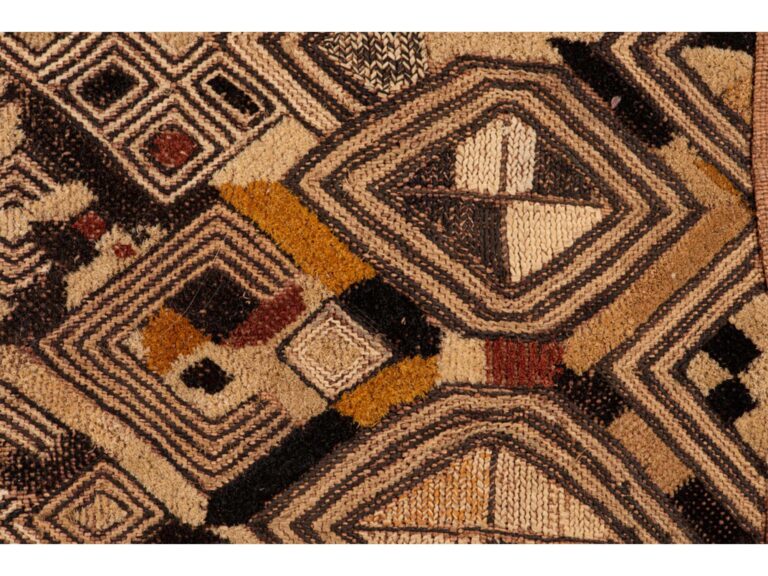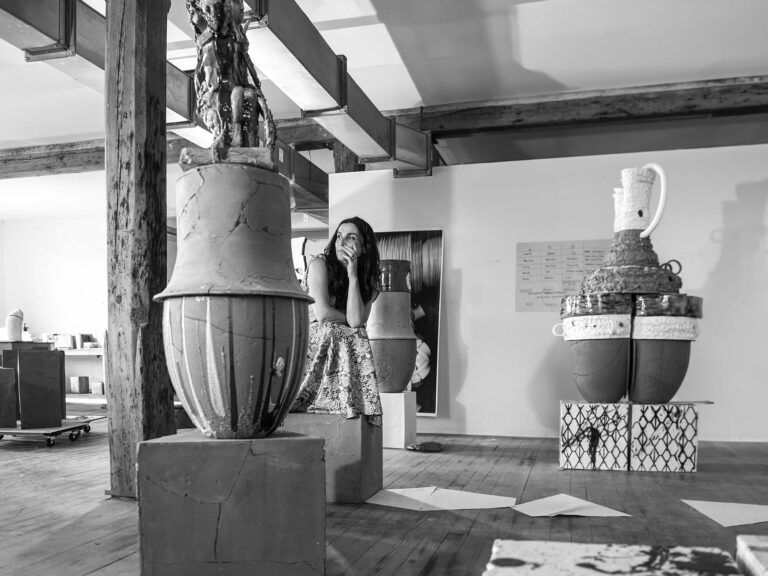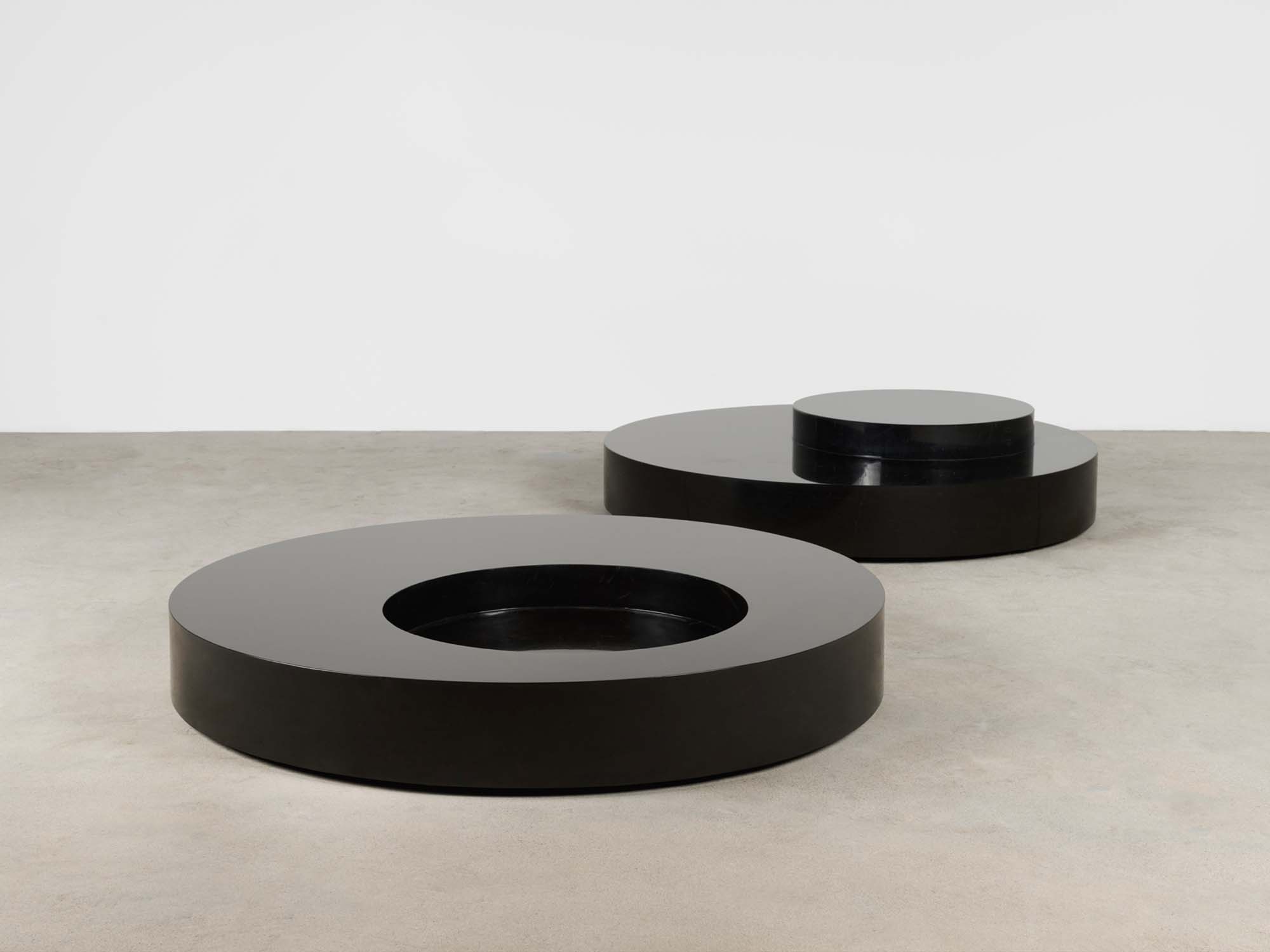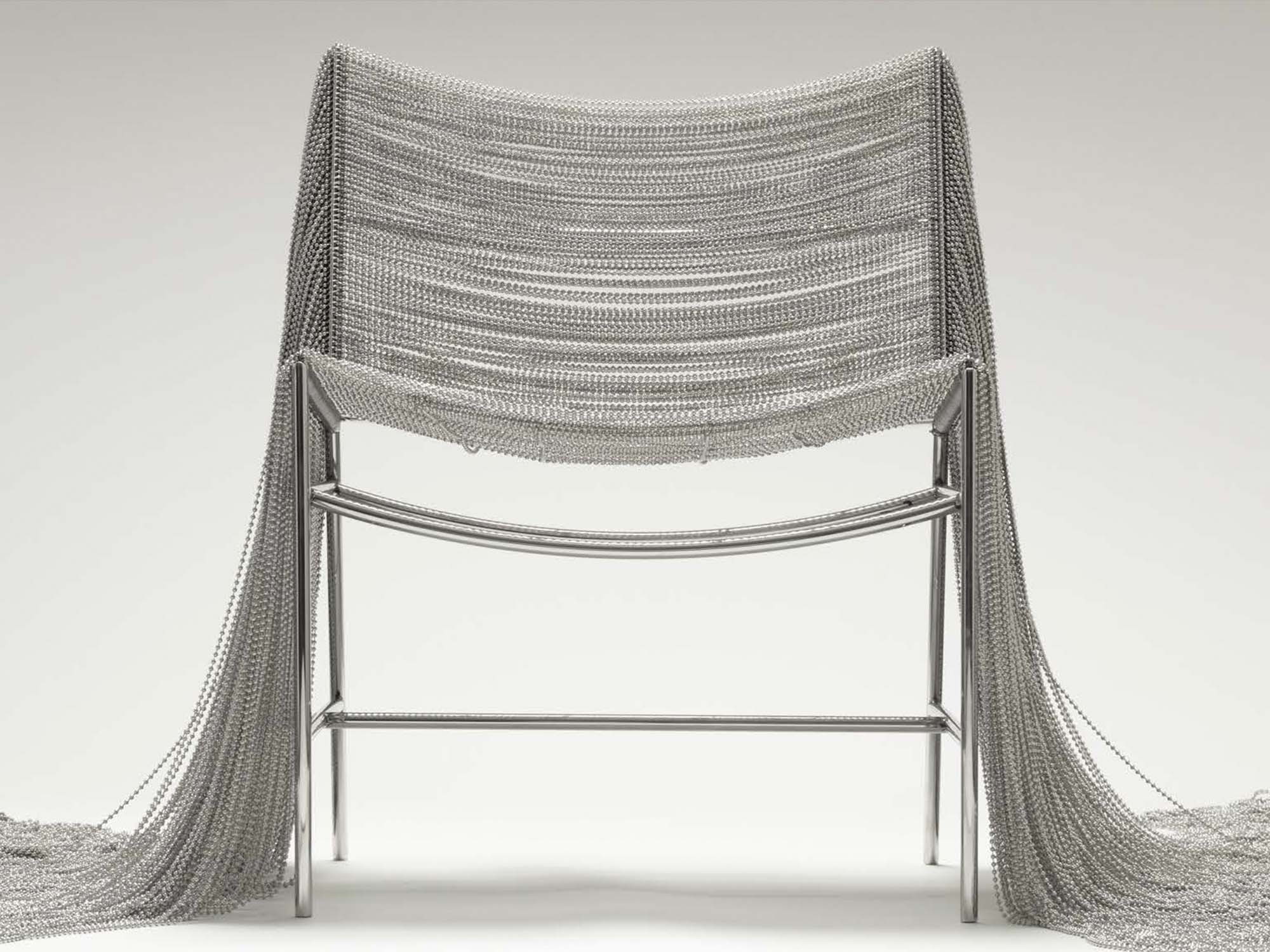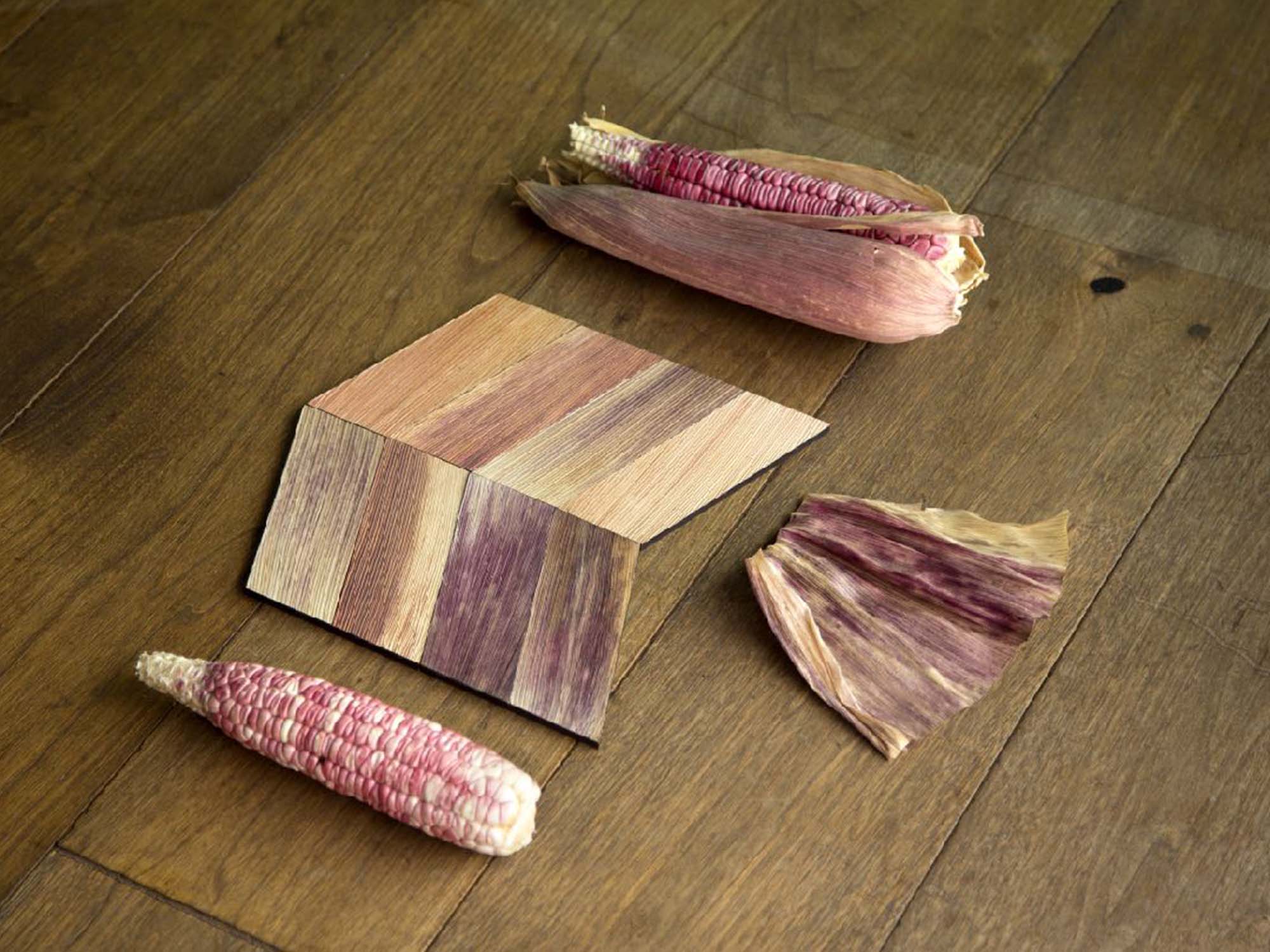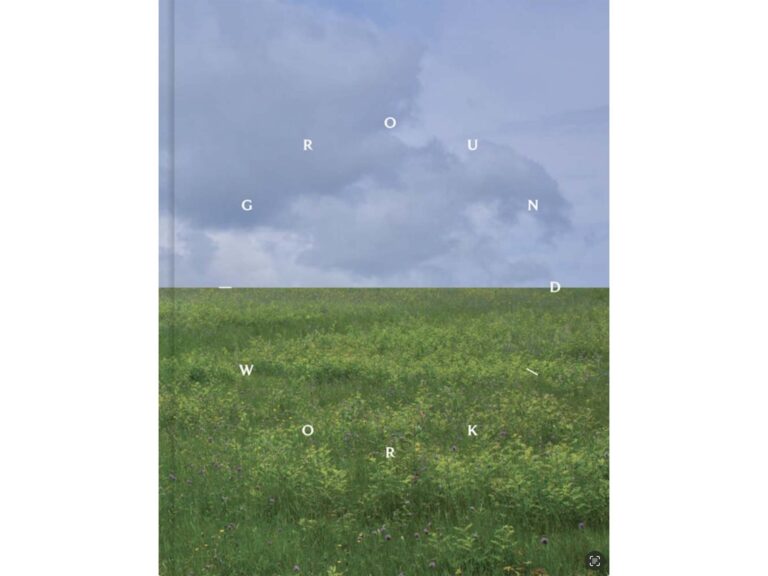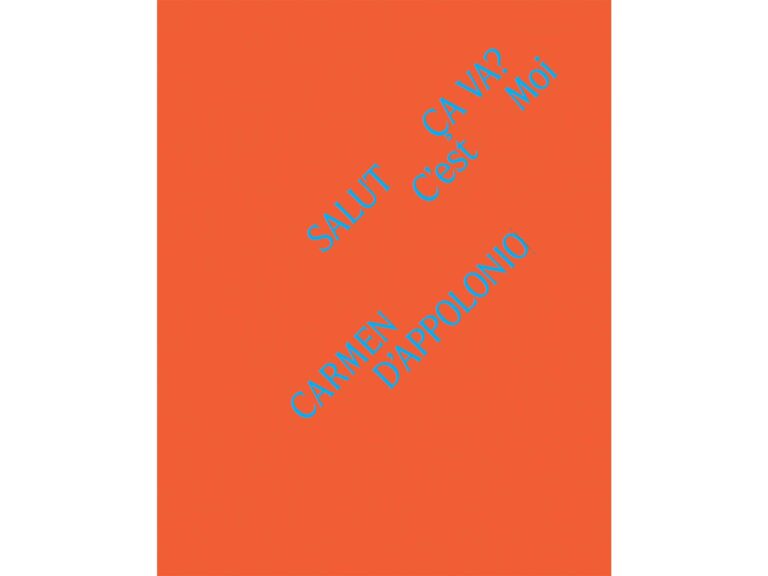By Adrian Madlener
Frank Lloyd Wright and the Shakers inspired the clean lines of Formafantasma’s first U.S. show.
When the West Chelsea gallery Friedman Benda put on a show of British designer Faye Toogood this past winter, it painted its walls and podiums a sandy yellow and applied “cave drawing” decals, as if to suggest that Toogood’s furniture — blocky, hand-chiseled works — had been exhumed from an archeological dig. For Misha Kahn, a designer who collages together materials like fiberglass and ceramics, the gallery covered its walls in fluffy white wool, which offered a soft, textured counterpoint to Kahn’s glossy pieces. But when it came to staging “Formation,” the first solo show of Italian design practice FormaFantasma in the U.S., the gallery put theatrics aside. Instead, the curators simply outfitted the white cube space with chartreuse wall-to-wall carpeting. It makes sense when Andrea Trimarchi and Simone Farresin — the partners in life and work behind the practice — explain their minimalist new collection.
“It’s monastic,” Farresin said during a walk-through earlier this month. The series is made from an extremely limited set of components and there are just a handful of pieces in total. They call the works — an armchair, a range of lamps, a desk, and a table — “domestic archetypes.” “Everything is super-intentional,” Farresin said. “The writing desk was proportioned so that one can sit down and work on their laptop but not do much else. Across the pieces, we wanted there to be a sense of precision and focus.”
The pair looked to three sources of American design, Frank Lloyd Wright, George Nakashima, and the Shaker community, for some of that precision and focus. (The designers have also curated an exhibition at the Vitra Design Museum in Germany dedicated to the Shakers.) It’s interesting to see what they have pulled from these influences.
In “Formation,” it’s evident that Trimarchi and Farresin have chosen a common building block from their research: planks of cherry wood. These are meticulously fastened together using brushed aluminum hardware and padded with sheets of linoleum to form lamps and tables. The planks are also constrained to a number of set dimensions, and in doing this, the collection nods to modernist principles of standardization but also simplicity and utility, values held by the Shakers. Like Nakashima, who created one-off wooden furnishings that embraced all the irregularities of wood, FormaFantasma also allowed the natural materials to be the most prominent feature of these works. Its “chair” resembles the angular composition of Wright’s 1949 Taliesin chair. These forms are complemented by their spare use of textiles like velvet and silk, which soften the clean lines of the collection. But they weren’t concerned solely with the timelessness of their American design influences. They also had a much more contemporary touchpoint in mind: the iPhone, which you can see in the proportions of the Table Lamp shade. For Trimarchi and Farresin, the prevalence of the iPhone, Apple keyboards, and other tech products in our lives make them key elements of domestic design.
“Formation” is definitely an aesthetic departure for FormaFantasma, especially in its stark simplicity. But it still reflects their ethos, as designers who are as much cultural critics as makers, who use their work to think through pressing contemporary problems like biodiversity loss and e-waste. Their interest in industrial production and history, with an emphasis on the environmental legacy of these processes, hasn’t led them to a trademark style, but it has drawn them into many collaborations with heritage brands like Cassina, Bitossi, and Flos, and they have shown themselves to be adept collagists, especially when it comes to combining industrial components with natural ones.
The new collection was also sparked by personal events in Trimarchi and Farresin’s lives. They had to move back to Italy from the Netherlands, where they’d been since 2009, after their parents passed away. This forced them to assess what home and domestic space meant to them all over again. It also gave them an opportunity to address what they see as an all-too-dominant strain in design today: self-expression for the sake of self-expression, which leads to barely functional objects that don’t address our daily needs. What they wanted to do with “Formation” was distill it down to the essentials: reliable lighting and solid tables produced using quality materials. Walking around Friedman Benda, the effect of the simple lines and forms was, in fact, very calming.
